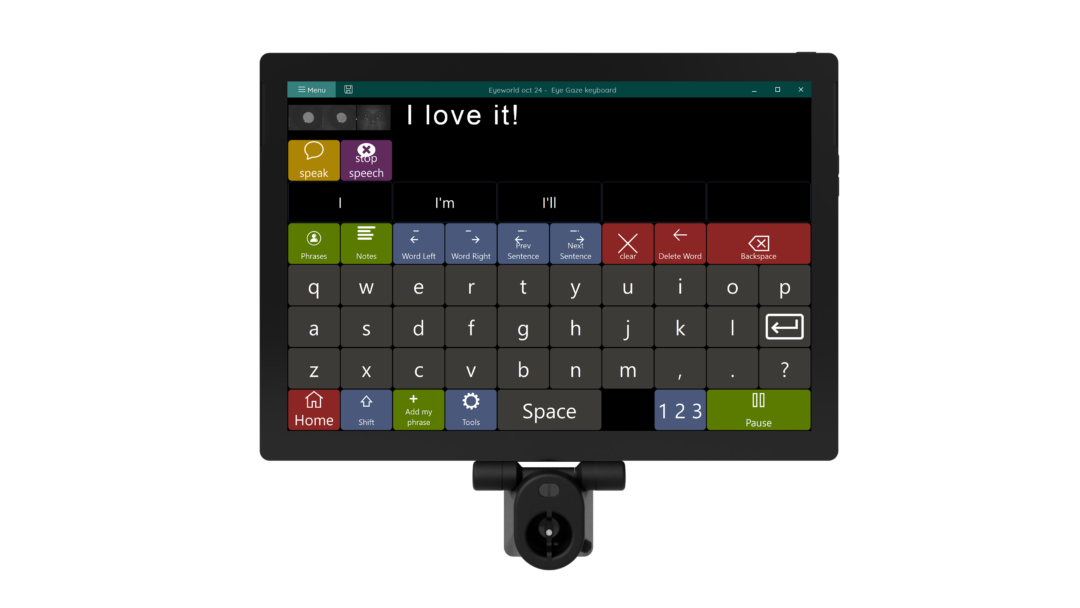Are your target users really getting the most out of your website? Are you?
Users want to find the information they need quickly, and you want them to convert to customers or clients. But how can you really know if your website is getting the job done?
Eye tracking research is one of the most effective ways to assess your website because it goes straight to the source, studying users’ eye movements so you know exactly how they interact with your web pages.
This research can provide insight you never could have attained just by asking your users what they think about your site. Eye tracking research goes much deeper than that and can provide valuable knowledge on how to create a more effective website.
Here are some of the types of user design tips gleaned from studying eye movements:
- The best websites create an effective user experience with design that mirrors the way people gather information from a web page.
- Website users typically use an “F/E” shaped viewing pattern when scanning information on a web page.
- An “F” pattern occurs because users scan horizontally less and less as their eyes move down the page.
- Sometimes users read web content in an “E” pattern, which is when they read across a third part of the page (in other words, they add a line of sight to the bottom of the “F” pattern).
- Not surprisingly, the location of content on a web page is incredibly important. Therefore, you should put “must-read” information at strategic places on each page.
- In newspaper language, “above the fold” refers to the top half of the page (the information that can be seen even if the paper is folded in half). On a web page, “above the fold” is a key content area, too. Users spend 80 percent of their time looking at information “above the fold” of a web page.
- Since we read left to right, the left side of a web page is an effective place for important information, too. In fact, 69 percent of users’ time is spent looking at the left side of the page.
- Negative space (or white space) should be strategically incorporated onto your pages, too. Large areas of white space are distracting for users, and they tend to get lost quickly on pages with too much negative space.
- However, filling up your pages with text is not a good idea, either. Too much content may result in users leaving your website, as they may not want to sift through so much information just to find out what they need.
- Your best bet to keeping users engaged is to place important information on the left side of the page, as well as in the first couple of paragraphs of text.
How could eye tracking research improve your website? Are there elements that could be added (or subtracted) to make your site more effective in reaching your target users?
Get in touch with Eyegaze to discuss the eye tracking services we offer.

